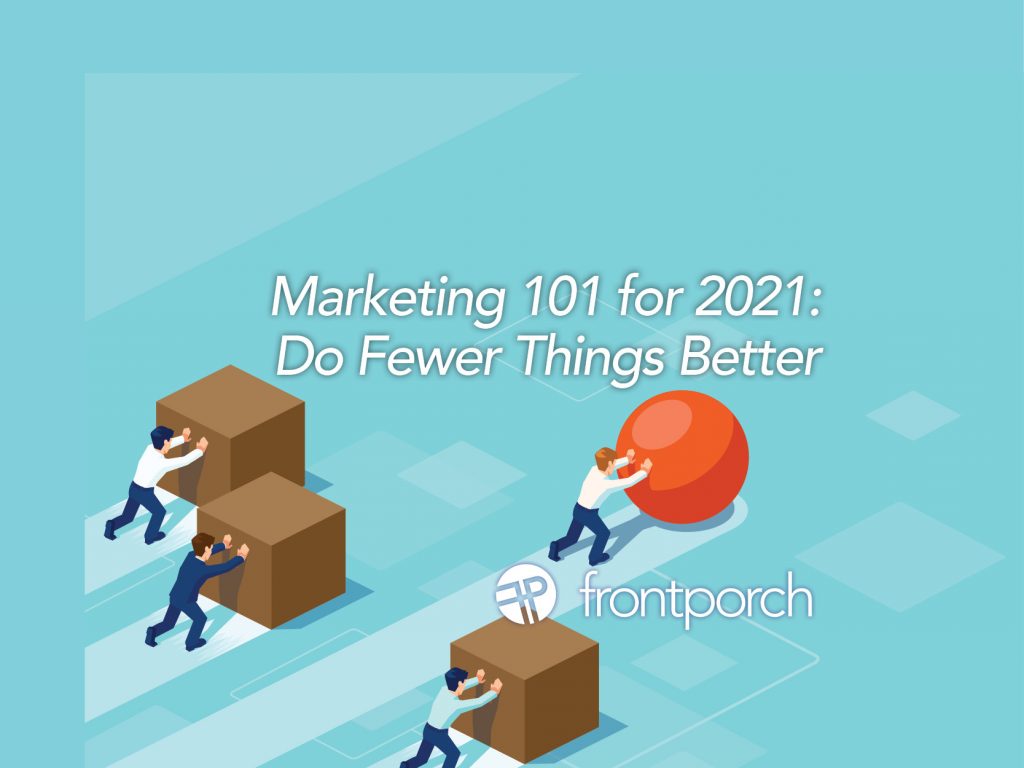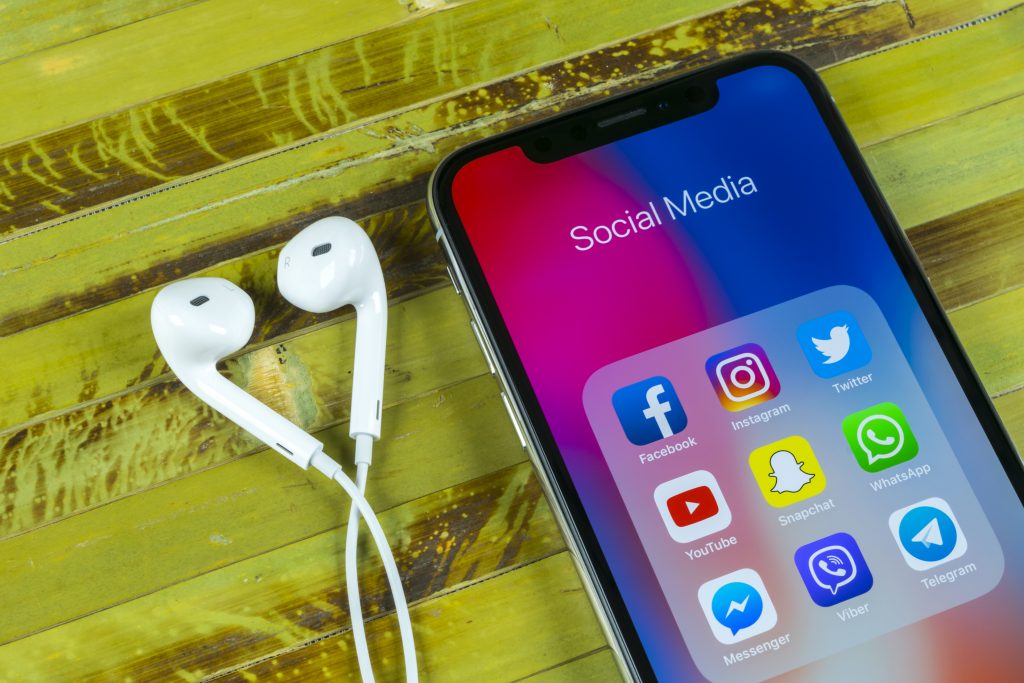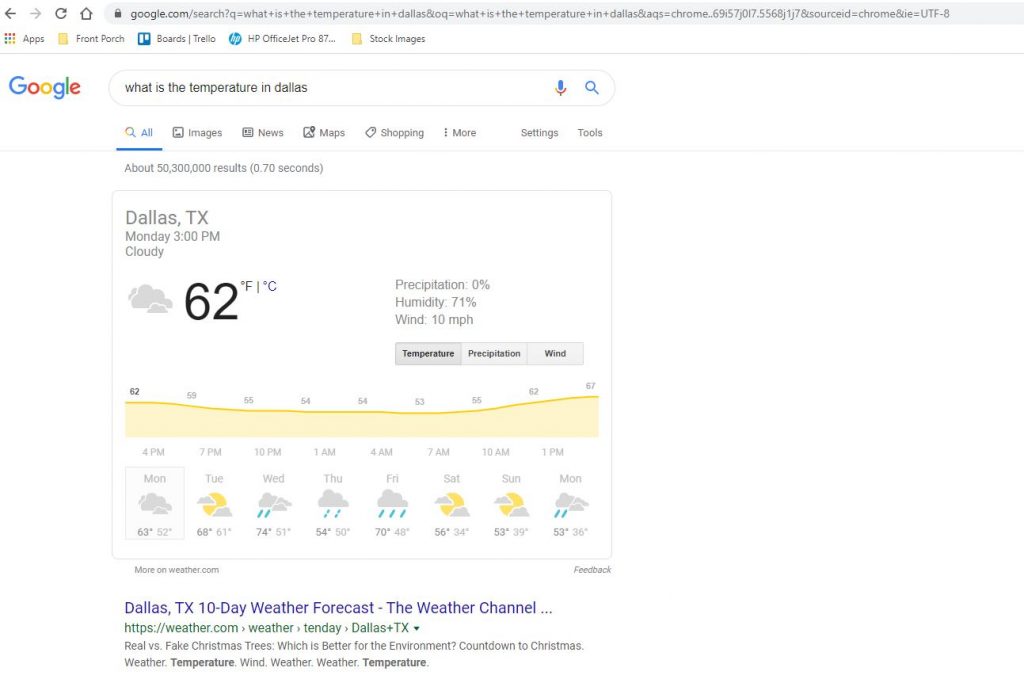
2021 is your chance to start fresh in marketing your business – so here’s your Marketing 101 for 2021
In the sea of marketing possibilities: programs, platforms, practices, what is the best course of action? It can be overwhelming. And with the promising new year of 2021 approaching, how do you decide what to focus or re-focus on? Marketing 101. Back to basics.
We are finding that many of our clients are spending this quarter reflecting and refocusing. They are homing in on what makes their business better, and then doing more of that for their Marketing 101. They are taking this opportunity – when much of the world is operating under an umbrella of The Great Unknown – to really get to know themselves, and know themselves well. And then take the necessary steps to take their company to the next level.
How did we get here? Pandemic. Panic. And from both of these we are seeing a renewed sense of Purpose. How has that manifested itself? We have all gotten more digitally focused, learning new platforms that keep work working when we can’t be together. We have all learned how to be more efficient with our precious time – doing more with less because we have to. We’ve all become experts at continuing to reach our customers with fewer resources. We have all learned how to focus on what’s important in our daily lives. So we propose Marketing 101: focusing on doing fewer important things for your business in 2021 – and doing them better.
Be the brand of your dreams.
Your brand is the foundation of your business and everything else builds up and out from there. So this is where we recommend starting. Right now is the best time to step back and reflect. Do you know what your mission is? Do you know exactly what kind of people find value in your company’s product or service? Is your brand working as hard as it could for you? Your branding should really represent and reflect your business as it stands now – because like it or not mostly everyone’s business has pivoted to an extent in the past three quarters.
We’ve rebranded a good number of our clients in the past 6 months – helping them really understand who they are, what they stand for, who their core audience is, and how they want to do business going forward. With a detailed Brand Elaborative in hand, business owners can easily discern where to focus their efforts and how to effectively market to their audience. It’s a map that leads them in the right direction for marketing in 2021.
Visual Marketing 101: Refresh your logo to reflect your brand’s mission.
A logo refresh is honestly a great place to start the new year as a Marketing 101 first step. New Year’s resolutions shouldn’t just be limited to a new diet, exercise routine or haircut. Your business can experience the same shot-in-the-arm – with a new logo – that a new haircut gives you. Armed with a strong visual presence, a lively color palette and versatile modern typefaces your brand now has new tools and a new voice to build community with your customers.
When you update your logo, you’ve created a reason to talk about your business, just as you would personally with a new haircut or new exercise routine. Keep your customers excited about the future. People want to hear good news, and celebrate success – since it seems in short supply recently – and with your new look and confident voice you can connect with them and bring them along to share in the journey.
If your brand was a person, would people want to hang out with them?
With your new branding and logo in hand, extend your voice and visuals to your social media and your website with a powerful Content Marketing plan. Make your customers feel like a community. Make them feel valued and a sense of belonging by helping them, educating them, solving their problems and being there when they need you. Your brand can have a definite personality and power. And your brand can use those powers for good. That’s a brand that people want to hang around with – the one that makes them feel important and smart.
Got limited resources? Marketing 101 says use what you have.
We hear you. One super efficient thing that brands can do is repurpose their existing content across channels. One way we maximize our client’s effectiveness is to take a look at what they have already done well and double down.
A great company brochure can be turned into 20 Facebook social media posts and most likely a blog post or two, with relevant bits of information and helpful graphics. Every company’s website is a treasure trove of social media content that’s already been written, just waiting to be broken into little pieces and shared as social media. Sometimes just having a fresh outside eye look at your company’s assets can help you see that you have more than you thought you did!
Be the best version of yourself for 2021.

Overall, when we’re looking at what to recommend to our small and medium-sized businesses for 2021, we keep coming back to these important things. Remind yourself of who you are and why you do what you do (branding), show your audience you mean it (logo) and bring them into your brand’s community (website, social, content marketing). A brand is a promise, and 2021 can be the year your brand makes a promise to be the best version of themselves.











